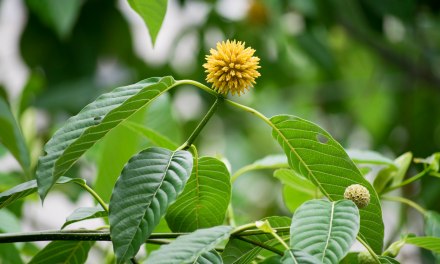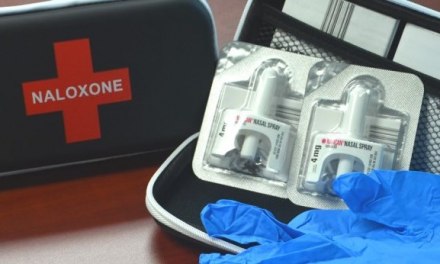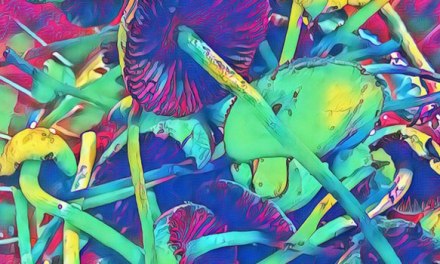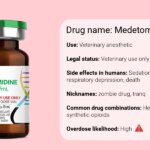A question that came up in a clinical meeting: a client sent to treatment for alcoholism also reports daily cannabis use, often more than once, mostly edibles. He’s heard that pot isn’t harmful in edible form. And wonders if that’s true.
The question opens a door to a larger issue of the differences between smoked and oral ingestion, the two most common methods. Fortunately, The New York Times provided us with an overview on the subject, back in February. A link:
Some key points from the Times article:
- Smoking a drug — this applies to pot, but also to tobacco, cocaine, opium, etc. — yields a very rapid, intense response. That’s because it’s absorbed across the surface of the lungs, a large area indeed. That sensation is short-lived however, which is why we need to repeat the action to sustain the effects.
- Oral ingestion, on the other hand, requires absorption through the gastrointestinal tract. That’s a much slower process. The initial impact is lessened, as it can take anywhere from a half-hour to several hours to reach maximum effect.
- In practice, we’re advised, the slowness of absorption can lead the user to ingest still more edibles, in an effort to hurry things up. So by the time full impact is achieved, more THC is present, leading to an overdose – not fatal, but potentially with some nasty consequences.
- Those can include, according to experts, “paranoia, delusions, and panic attacks”. Also a range of less severe but still unpleasant effects, such as oversedation (dangerous when operating a motor vehicle) and severe episodes of nausea and vomiting — the sort that lands the user in the Emergency Room.
“I see far more adverse outcomes in people who use edibles,” observed an expert. This explains why.
Another client described a different pattern of edible use: he followed a rigid schedule that he compared to taking a prescription med, four times a day. He thought this helped him cope with withdrawal symptoms from his opioid habit.
“Like, when I have to lay off the China (fentanyl) for a few days before I go to Court,” he explained. As for consequences, he admitted several ER visits for hyperemesis, but he blamed that on the opioids, not the edibles.
A different expert quoted in the article believed that smoking cannabis was more likely to lead to a Cannabis Use Disorder (CUD), something he claimed affects some 20% of all cannabis users. That may be the case, but I suspect that dependence, in the form of elevated tolerance and withdrawal symptoms, may actually be more common among regular edible users than smokers. After all, edible use translates to those higher concentrations of THC in the user’s system over a much longer period, and that’s the sort of thing that can be expected to lead to physical dependence.
Once again, there seems to be general agreement that daily cannabis use, especially the heavier sort, is associated with the greatest number of adverse consequences. CUD would be one, but there are a number of others.
I’ll close with a reminder from a recent interview with Keith Humphreys of Stanford, who estimated that currently, about 40% of all cannabis users were using the drug on a daily or near-daily basis. If accurate, it’s significantly higher than a decade ago.
Not a good omen…













